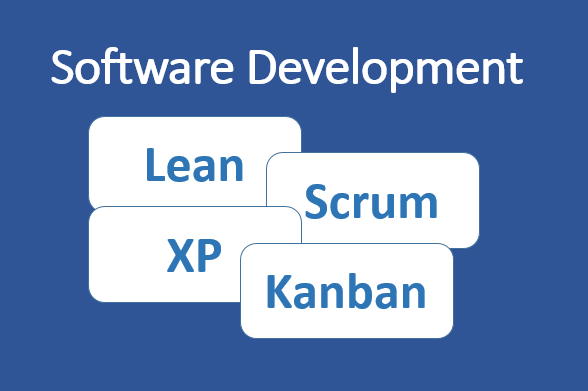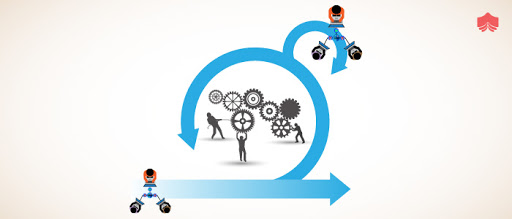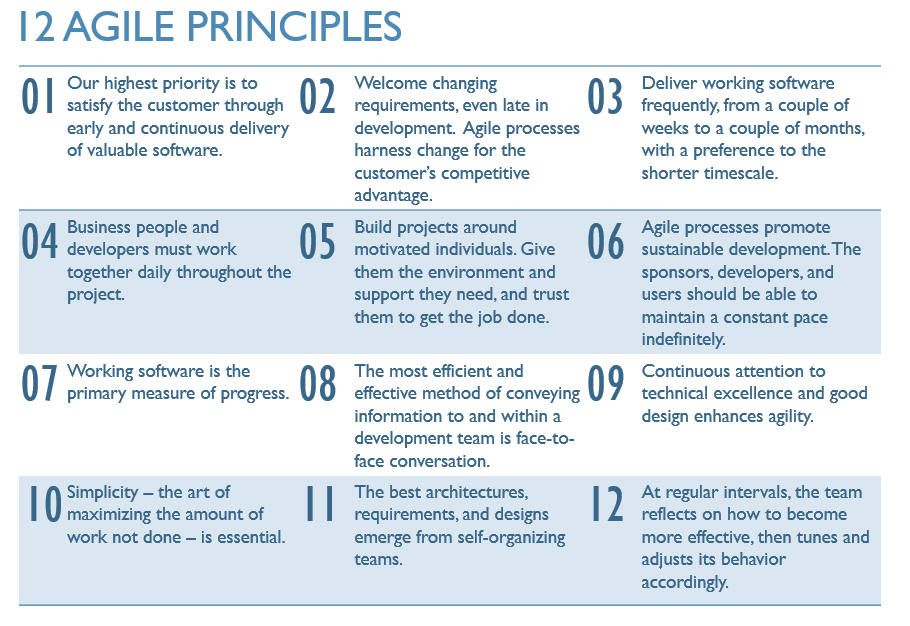Regularly I read Barry Overeem’s notes because he gives practical advice about Scrum, always in a concise and understandable way. In this recently updated article, he demonstrates 8 practices to set up at the very beginning of a Scrum project: before and during Sprint #1. If you find his article too long to read, here are some notes to sum it up.
Although they are relevant insights to set up a successful Scrum Team, I bring some comments (framed with <NC></NC> tags) because in my opinion this is too close to an ideal world: a majority of organisations are not designed to enable such a way of working.
Continue reading Some notes about “8 Best Practices to Start a Scrum Project” article






